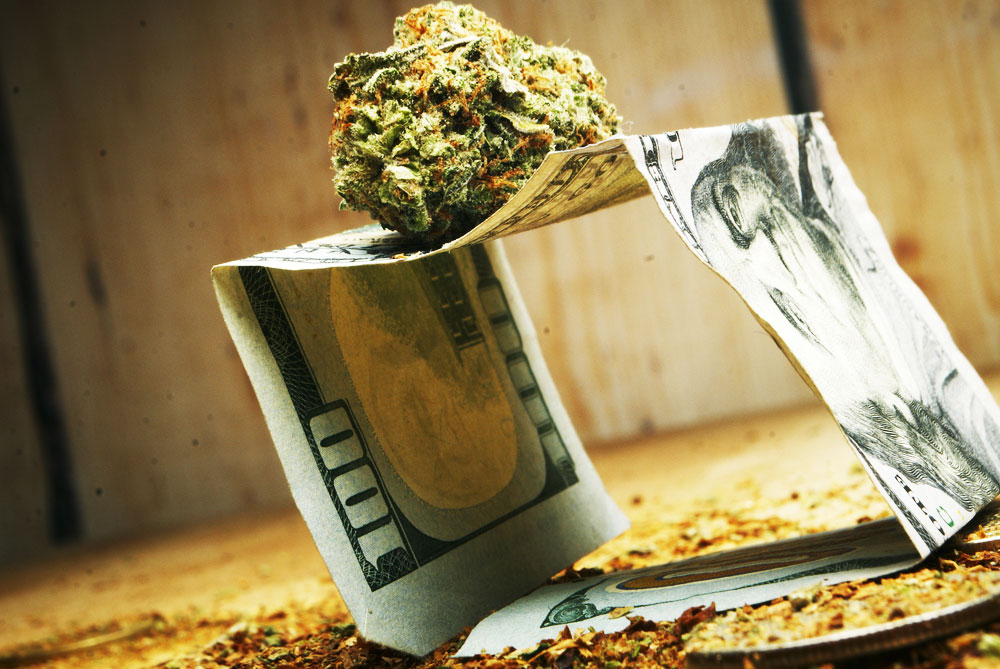people of low socioeconomic status, who earned less than $20,000 a year, the study showed.
Men of low-income levels were the force behind the widening gender gap in the predominance of marijuana use. About 19 percent of men with income levels of less than $20,000 reported using marijuana in 2007; by 2014, more than 26 percent of men with the same income reported using the drug.
“Our findings are consistent with other studies [which showed] increased substance use during times of economic insecurity, especially among men,” Hasin stated.
Hasin linked the recent data to the Great Recession, which began in December 2007, and pointed out that drug use has been historically associated with lower employment rates and weak economies.
“As these patterns are only associations, research is needed to track individual changes in marijuana use over time, in response to personal financial fluctuations,” she stated. “This may vary between men and women.”
Women are now closing the alcoholic gender gap but since substance use disorder is commonly more prominent among men, some of these findings do not come as a surprise. However, this research is one of the only recent assessments of marijuana use that takes into consideration gender and economic differences.
“Researchers should continue to monitor prevalence of use at a national level and use this evidence to help explain changing patterns in substance use disorders, injury morbidity and mortality, and use of other substances,” Hasin wrote.
















